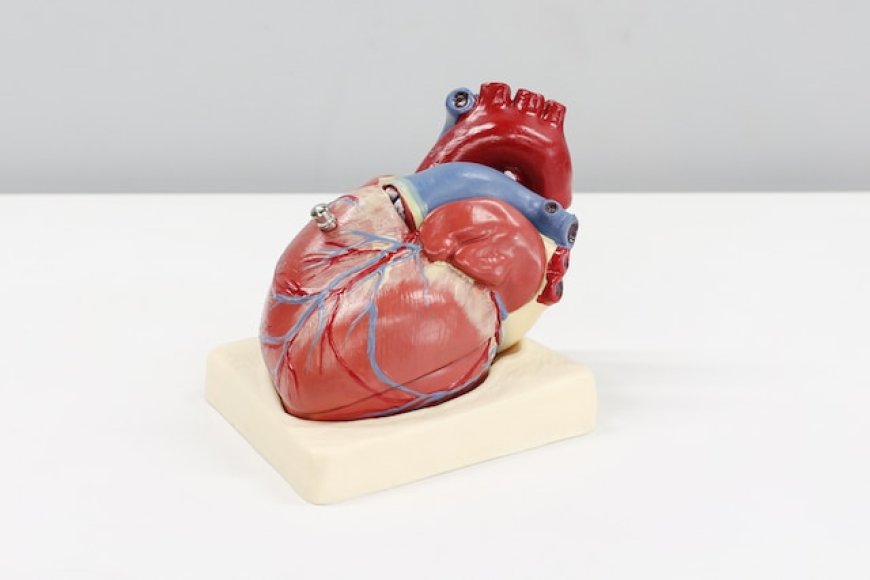The Circulatory System: How Does Blood Travel Through Our Body?
Discover how the remarkable circulatory system keeps us alive by transporting blood throughout the body. Uncover the journey of blood, from oxygenation to delivery, in this comprehensive yet easy-to-understand guide.

The human body is a marvel of nature science, a highly complex machine with numerous systems working in perfect harmony. Among these, the circulatory system, often compared to a vast network of highways, plays an integral role. But how does this system function, and what routes does our blood take in its ceaseless journey through our bodies? Let's uncover the mystery together.
Think of the circulatory system as a bustling city's transport network. The heart acts as the central station, pumping blood to various parts of the body. It's like the buses leaving a central station, ferrying passengers (or in this case, oxygen and nutrients) to every corner of the city.
The heart, a muscular organ roughly the size of a fist, is the powerhouse of this system. It beats an average of 72 times a minute, around 100,000 times a day, and a staggering 2.5 billion times during an average lifetime. This constant activity ensures that blood, laden with life-sustaining oxygen and nutrients, is delivered to every cell in our body.
Blood travels through a vast network of blood vessels, including arteries, veins, and capillaries. If we were to lay them end to end, they would circumnavigate the Earth more than twice! That's the incredible journey your blood undertakes every single minute of your life.
Arteries, the thick-walled vessels, carry oxygen-rich blood from the heart to the body’s tissues. The largest artery, the aorta, acts like a main thoroughfare from which smaller roads (arterioles) branch off to reach every nook and cranny. Once the oxygen is delivered, the now oxygen-depleted blood returns to the heart through veins, the body's return routes.
The capillaries, the smallest blood vessels, serve as the exchange points. They're like the local grocery stores where the blood drops off oxygen and nutrients and picks up waste products like carbon dioxide.
Now, picture a day in your life. You wake up, brush your teeth, have breakfast, and perhaps go for a run. Every single one of these actions requires energy, which is supplied by the oxygen and nutrients delivered by your blood. When you're running, your muscles need more oxygen, so your heart beats faster, increasing blood circulation to meet the demand.
Your circulatory system also plays a crucial role in defending the body. White blood cells, transported by your blood, are like the body's police force, hunting down and eliminating harmful invaders such as viruses and bacteria.
To sum up, your circulatory system, with the heart as its engine, functions like a well-organized transport system. It keeps blood, the life-sustaining fluid, on a never-ending journey, delivering oxygen and nutrients, removing waste, and protecting the body. Without it, life as we know it would cease.
It's worth pausing to marvel at the incredible complexity and efficiency of this system. Every beat of your heart, every breath you take, and every move you make is a testament to the ceaseless work of your circulatory system. So next time you're sitting in a traffic jam, remember the amazing highway inside you, working tirelessly to keep you alive and well.
Indeed, the human body is a wonder, and the circulatory system is one of its most vital components. Understanding it helps us appreciate the miracle of life and the importance of taking care of our health. So, let's honour this incredible system by eating healthily, exercising regularly, and living heart-healthy lives.
Disclaimer: The image(s) featured in this article are for illustrative purposes only and may not directly depict the specific concepts, situations, or individuals discussed in the content. Their purpose is to enhance the reader's understanding and visual experience. Please do not interpret the images as literal representations of the topics addressed.
What's Your Reaction?













































































































